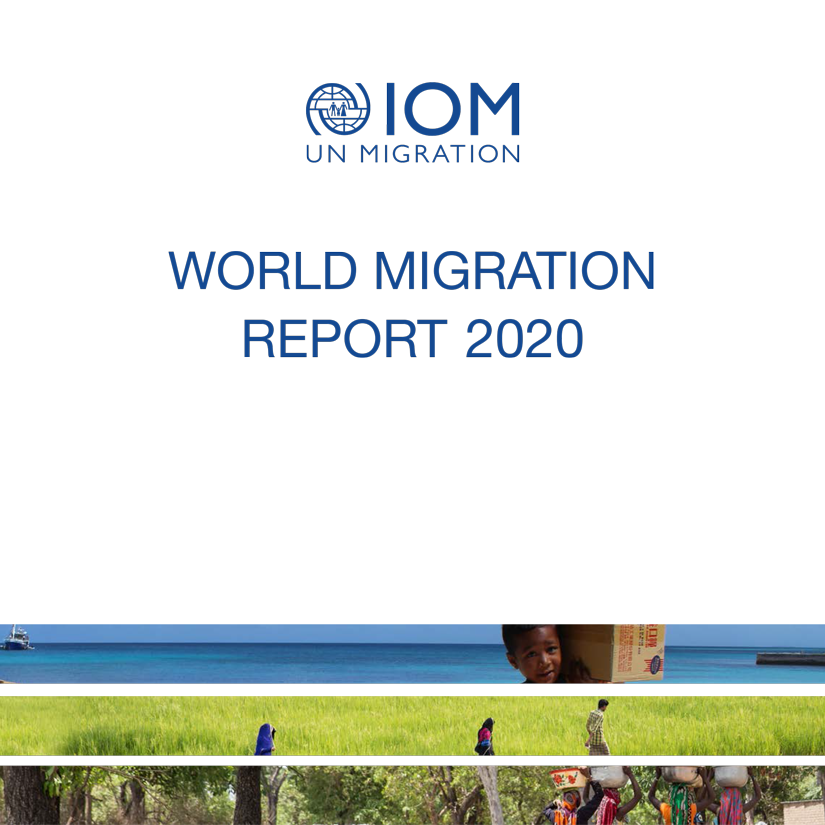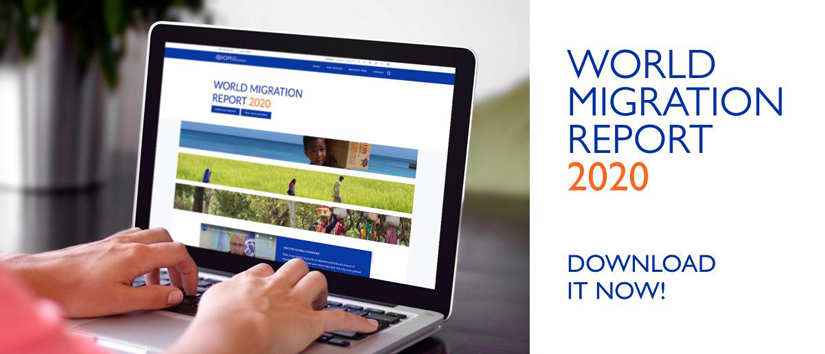The tenth edition in the IOM report series presents key information and latest statistics on migration across the world as well as thematic chapters on current issues of migration until 2020. The next part analyzes migration’s complexities and emerging migration issues.
“In the current global environment, migration is the subject of increased interest of the media, politicians, experts and the public, and there is an intense discussion about it. At the same time, the capacity for rapidly disseminating disinformation and misrepresenting the facts to influence the public discourse has expanded. Therefore, the good news is that the body of data and information that can help us ‘make better sense’ of the basic features of migration and become better acquainted with it is continuously growing and improving,” says Zuzana Vatráľová, Head of the IOM Office in the Slovak Republic.
Topics covered in the report include an up-to-date overview of the number of migrants, migration flows and trends, labour mobility, international remittances, refugees and asylum seekers, internally displaced persons and stateless persons in the world. Here are some main points:
- The number of international migrants in 2019 increased to 272 million, more than half of the international migrant population lives in Europe and Asia;
- Asia experienced the most remarkable growth of the number of international migrants from 2000 to 2019;
- 74% of international migrants are of working age (20-64 years)
- Top 3 destinations of international migrants in 2019 were: United States of America, Germany and Saudi Arabia;
- Top 3 countries of origin of international migrants in 2019 were: India, Mexico and China
- International remittances increased to USD 689 billion in 2018;
- Syria has the highest number of internally displaced population.
The report also covers other topics such as human mobility and environmental change, the inclusion of migrants in policies and in practice, migration and health, children migration and the migrants’ contributions in the socio-cultural, civic-political and economic aspects – in the context of the current era of disinformation.
The report was written in collaboration between IOM experts, migration practitioners and some of the leading migration researchers in the world.
“The IOM World Migration Report 2020 is key to meeting the growing demand for credible information in this area, built on evidence-based and high-quality research and analysis. Thanks to it, we can better understand migration in the world, demystify the complexity and diversity of human mobility and reveal “fake news” and misinformation about migration that affect public discourse,” says Zuzana Vatráľová.
The first of a series of reports on world migration was published by the IOM in 2000. The 2018 report was downloaded over 400,000 times. In academic literature, researchers have cited the WMR 2018 in more than 550 publications and theses. Blogs have utilized the WMR as the primary document to fact-check unfounded claims about migration, while the figures and infographics help users across various areas of work to quickly digest the data and information in the report.
"It has long been IOM’s long-term goal to promote a balanced understanding of migration across the world. We hope that the World Migration Reports becomes a key reference point on migration in the world for migration practitioners, academics, researchers, policymakers, journalists, and the general public,” adds Zuzana Vatráľová.
 Slovenčina
Slovenčina  English
English 

